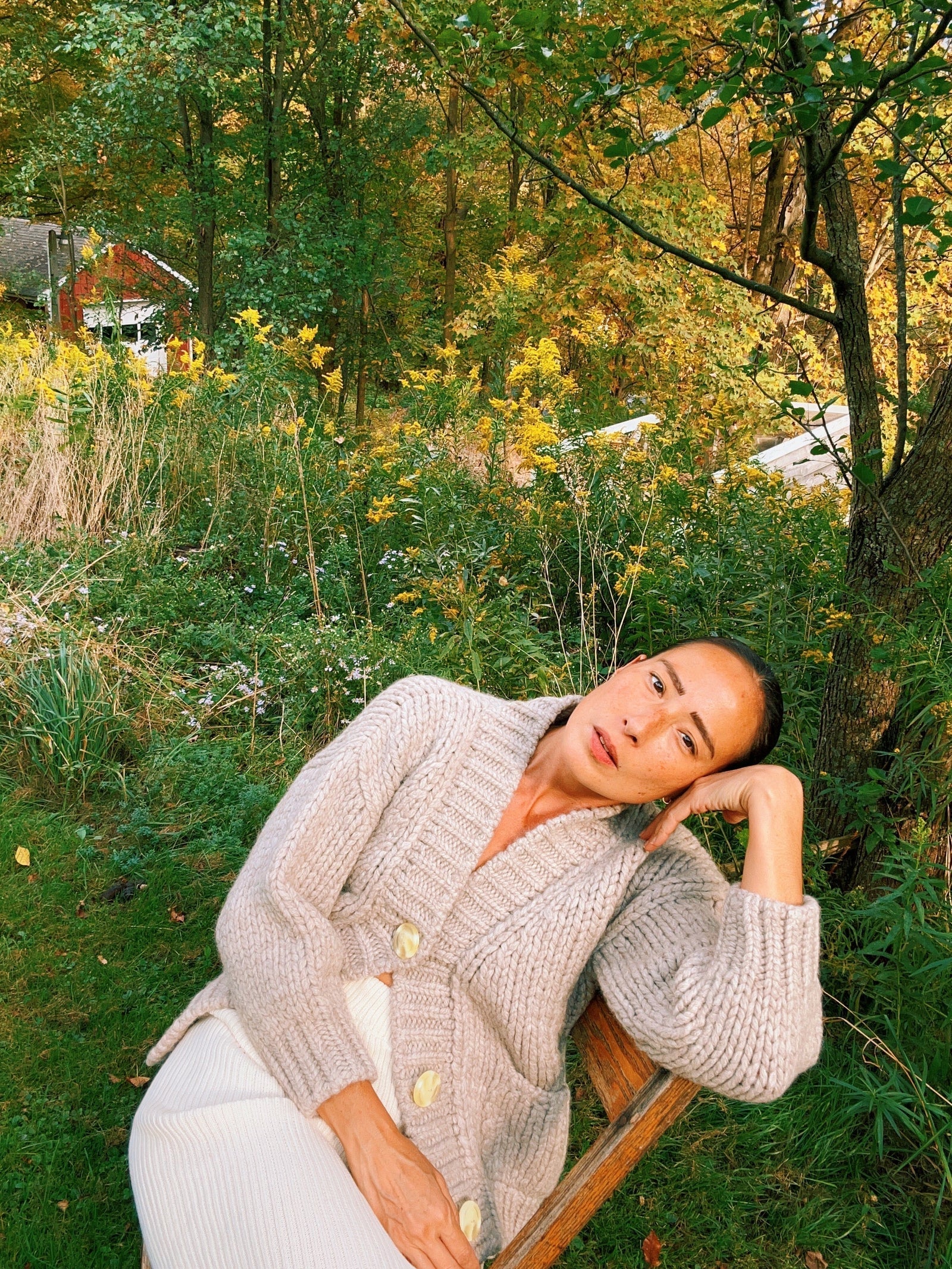At home in the Catskills, Lisa Przystup moves through her space with quiet intention. She clips flowers for the table, layers textiles, and rearranges objects until they feel just right. To her, home isn’t about a dubious notion of perfection; it’s about presence and crafting a space that holds the people who enter and the stories they bring.
Author of Upstate: Living Spaces with Space to Live, Lisa is a writer, storyteller, and creative in every sense. Her work spans interiors, journalism, and florals, all woven together by a deep appreciation for the art of noticing. In this conversation, she reflects on how her home has evolved over time, the way the seasons shape the energy of a space, and why slowness is essential in creating something that truly feels like your own.
For Lisa, home is more than a place; it’s an emotional landscape, built slowly, layer by layer, shaped by memories and the people who made them. And true to the lens through which Lisa seems to see the world, she understands home as an ongoing, deeply personal creative process.
Join us in a world where beauty doesn’t have to be expensive or immediate. It can be as simple as a found branch or the light shifting across a room. Lisa’s perspective is a reminder that the most meaningful spaces are the ones that grow with us.
Portrait by Lisa Przystup.
All other photography by Julie Pointer Adams.
Interview by Kelly DeWitt Norman.























